In fact, socks bring many benefits to users. The first benefit that needs to be mentioned is that socks protect the skin, avoiding the risk of blisters, especially when wearing new shoes, according to the health website Healthline (USA).
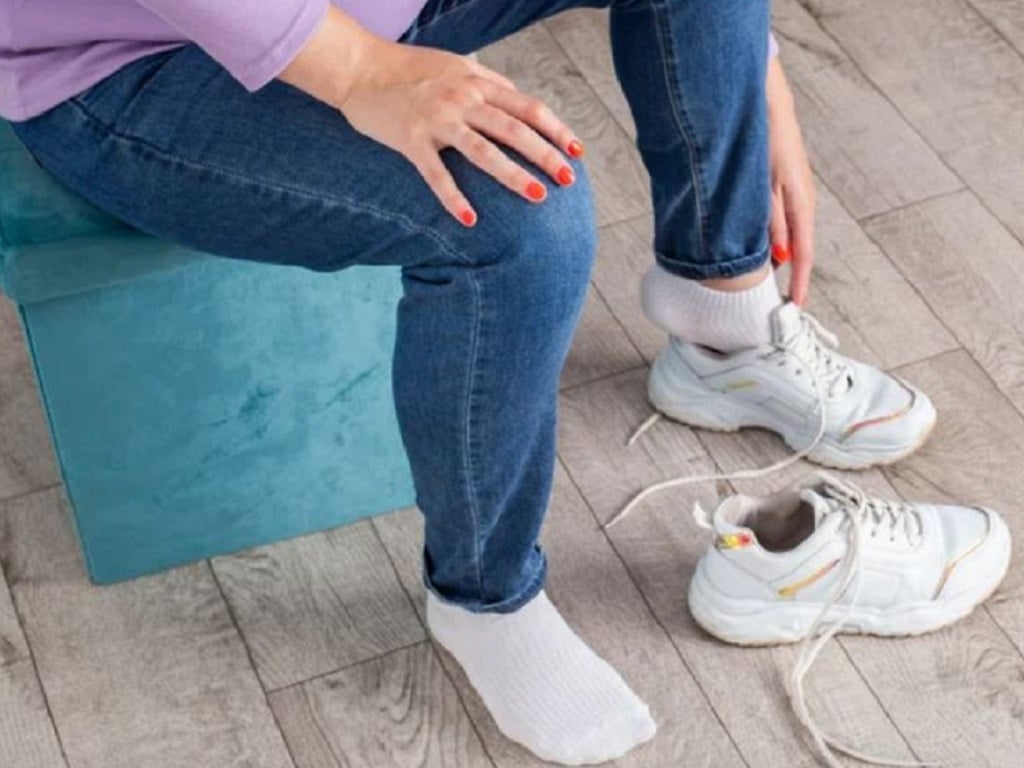
Wearing socks will help protect your feet and avoid blisters when wearing shoes.
Socks also have the function of absorbing sweat. In cold weather, socks keep your feet warm and reduce the risk of frostbite. For those who do not like wearing socks, they may feel more comfortable but at the same time they also face some problems.
The first problem is that the skin on your feet will easily blister. Therefore, with newly purchased shoes, wearing socks should be the priority choice. In addition, not wearing socks causes more foot sweat to penetrate the shoes, making both shoes and feet smell unpleasant. The humidity in shoes and feet increases and becomes an ideal environment for bacteria to grow.
At that time, people who do not wear socks will have a high risk of some types of foot infections, especially athlete's foot. This disease is easily spread and causes the skin on the feet to itch constantly. To reduce the risk of disease, wearing socks when wearing shoes is very necessary. In addition, the feet also need to be washed regularly with antibacterial soap and clean water.
When buying shoes, prioritize choosing shoes with good ventilation. Shoes and socks need to be washed regularly. In particular, when washing socks, use the hottest water possible. This will help prevent athlete's foot effectively.
There are many types of socks available everywhere. However, not all of them are good for health. The best choice is to buy socks made from natural materials, which are breathable and have good moisture absorption. Experts recommend that consumers buy socks made from cotton, bamboo or merino wool.
Another important thing when buying socks is to find a pair that fits snugly around your feet and ankles. If the socks are too big or not tight, they will rub against your skin when wearing shoes and cause blisters. Finally, you should wear socks that are appropriate for the weather of the year. If the weather is hot, wear thin socks, if the weather is cold, wear thick socks, according to Healthline .
Source link


![[Photo] Prime Minister Pham Minh Chinh chairs the 16th meeting of the National Steering Committee on combating illegal fishing.](https://vphoto.vietnam.vn/thumb/1200x675/vietnam/resource/IMAGE/2025/10/07/1759848378556_dsc-9253-jpg.webp)





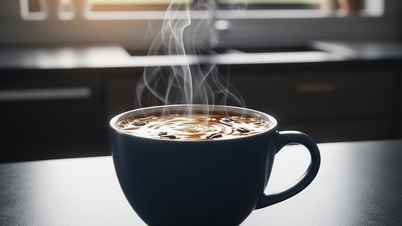




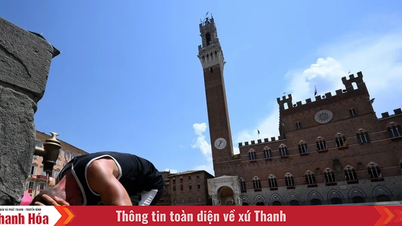






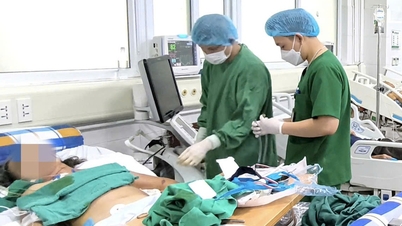











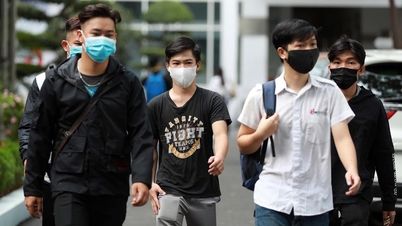



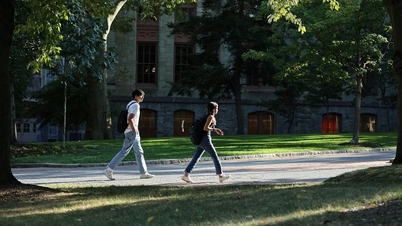


![[Photo] Super harvest moon shines brightly on Mid-Autumn Festival night around the world](https://vphoto.vietnam.vn/thumb/1200x675/vietnam/resource/IMAGE/2025/10/07/1759816565798_1759814567021-jpg.webp)































































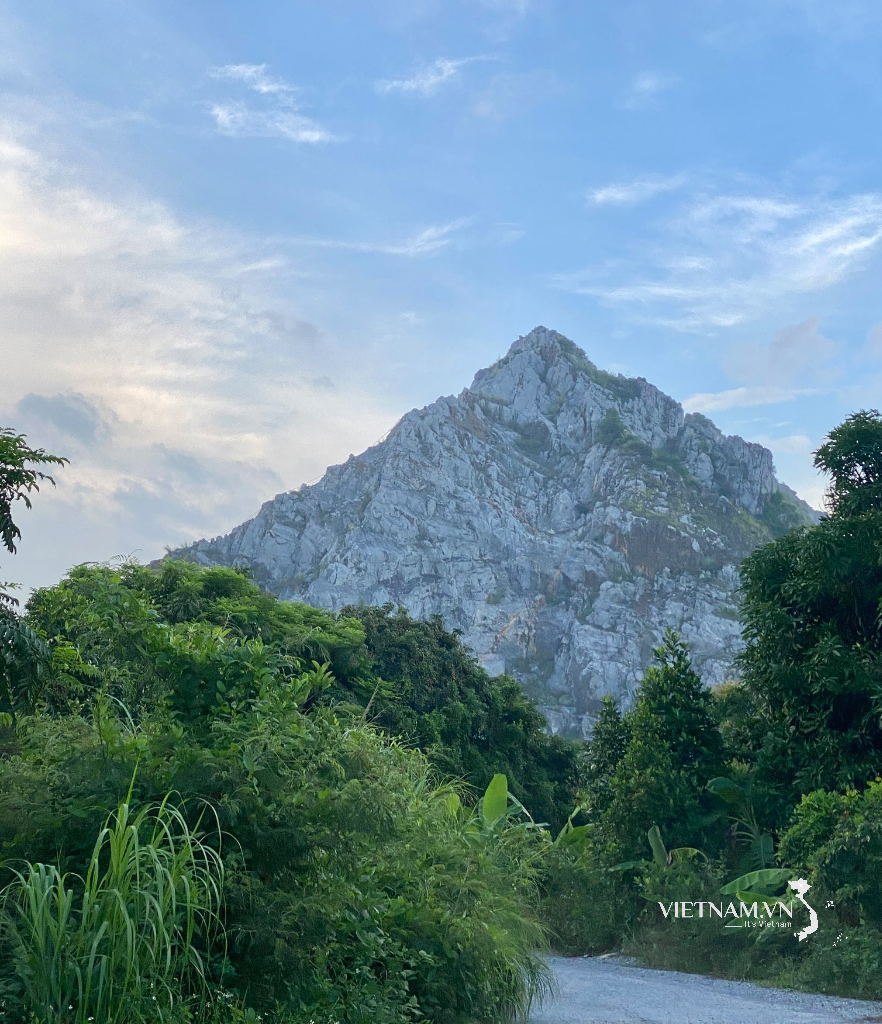


Comment (0)